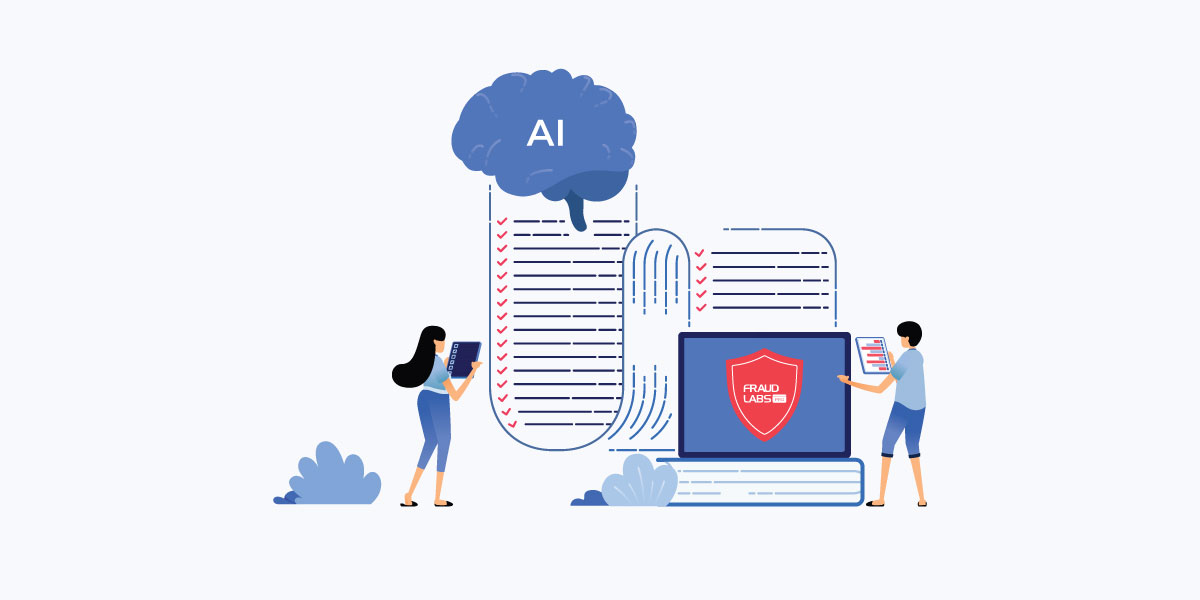What is artificial intelligence?
Artificial intelligence (AI), refers to the use of machines to perform tasks that a human being normally does. These include speech recognition, image recognition, translations and so much more. One of the famous example that had been introduced recently is ChatGPT. ChatGPT is an AI chatbot that developed by OpenAI. It had quickly gained attention after been introduced in November 2022.
What is machine learning?
Machine learning (ML) is a form of artificial intelligence (AI) that enables software to make predictions based on historical data without being programmed. According to Wikipedia, the term machine learning was coined in 1959 by Arthur Samuel, an IBM employee and pioneer in the field of computer gaming and artificial intelligence. As the machine ingest more data, it can learn to recognize patterns that occur in the data. With every pattern that it learns, the machine becomes even more accurate over time at predicting outcomes.
What is deep learning?
Deep learning (DL) is a subset of the machine learning that aspires to imitate how the human brain learns and recognize things. It involves neural networks of three or more layers, allowing it to process huge amounts of data.
What is the difference between AI, machine learning and deep learning?
Machine learning is a sub-field of AI that uses algorithm to unveil patterns in large data sets. ML differs from deep learning in terms of how the data is presented to the machine. ML algorithms usually require structured data, whereas deep learning networks work on multiple layers of artificial neural networks.
Real life examples of machine learning
Virtual assistants
AI is commonly used in chat bots and virtual assistants. Companies utilize AI to interact with customers via websites or apps to provide support. Queries can be automatically answered without human assistance. This can reduce the time needed to resolve customer issues.
Image and speech recognition
Besides this, AI is also widely used to identify objects and people in photographs, and also in speech recognition technology. Some of the common examples are voice assistants, interactive voice response (IVR) systems and call centers. Autonomous driving cars, image recognition as well as speech translation employ deep learning to perform the complex processing needed for such tasks.
Medical diagnosis and treatment
AI is used in healthcare to analyze patient data, identify patterns, and make diagnoses. AI is also used in the development of drugs and treatment plans. For example, ML algorithms can analyze medical images to detect signs of cancer, or they can analyze patient data to predict the likelihood of developing certain diseases based on risk factors.
Fraud detection
ML are used in many industries such as fraud detection, banking, weather prediction and more. These algorithms analyze large amounts of data to identify patterns and anomalies that may indicate fraud. It can also use historical data to create predictive models that identify potential fraud risks and flag transactions for further investigation.
Fraud prevention process without machine learning
There is no flexibility to the fraud detection rules without the use of ML. E.g., the email blacklist contains xxx.1@example.com being a fraudster so any order from that email address can be flagged as fraud. However, if the fraudster uses xxx.2@example.com, the order will be able to slip by the fraud detection system.
As you can see, without ML, it is an arduous process to manually vet the order details to see if any fraud pattern emerges. Static rules and blacklists can only detect fraudulent orders if the same order details have been used before in previous fraud orders. Rules also need to be updated manually whenever a new fraud pattern is detected.
When the online store is experiencing a huge number of orders, it is next to impossible to vet all of them. In addition, manual vetting risks flagging legitimate orders due to human error. Time taken for vetting will also inconvenience the customer.
Machine learning integrated within the fraud prevention process
Look back on the previous email address example. Fraudsters tend to use email addresses with a certain pattern to the naming. By feeding data like those 2 email addresses into a ML algorithm, it is possible to detect fraudulent orders from emails such as xxx.4@example.com or xxx.9@example.com.
Now that was a simplified example. With a real machine learning process, potentially millions of data will used to train the AI. The machine learning model analyses patterns faster and with a huge dataset for training, the accuracy will improve tremendously.
Historical orders are great for training the ML model. Predictive analysis such as this can spot new fraud patterns if the ML model was trained properly. Using data such as email, name, address and much more during the training process, fraud can now be uncovered easily. After all, machines can spot patterns much faster and easier than a human being can.
Integrating machine learning into the fraud prevention process keeps false positives to a manageable level. This means orders from legitimate customers are less likely to get flagged for manual review. Human intervention is also kept to a minimum with the use of machine learning.
How machine learning works in the FraudLabs Pro fraud detection service
The FraudLabs Pro fraud detection service is always evolving, especially with the use of machine learning. Data such as first name, last name, email address and other parameters are fed into the machine learning model to uncover possible fraud patterns.
Working in conjunction with other fraud algorithms like blacklists, geolocation and proxy detection enables FraudLabs Pro to consistently sniff out fraudulent orders. Online merchants can rest easy whenever they’ve integrated their shopping cart with FraudLabs Pro.
To get started, sign up the FraudLabs Pro Micro Plan which is free!
